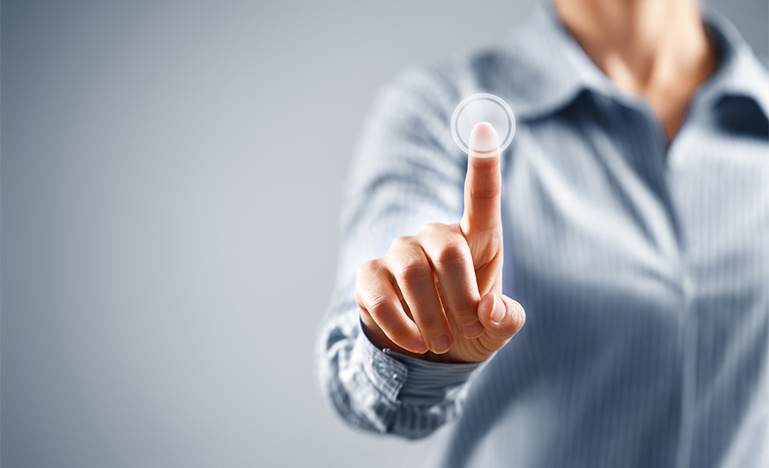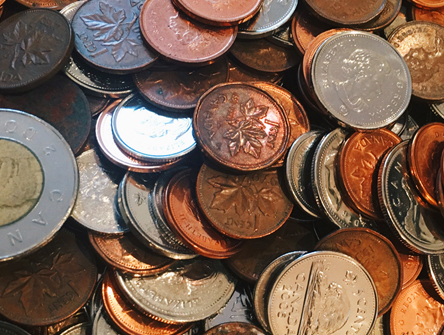Automating practices post-COVID
As with any technology, implementation of IFTTT must be done with the client first and foremost in mind.

For instance, during COVID-19, many legal practitioners have been receiving an overwhelming number of emails and updates from various sources containing important legal developments and considerations for lawyers navigating the new normal. But some sources announce information on their social media platforms before publishing it through other official sources.
So, not only must legal practitioners stay on top of a barrage of emails, but they also have to follow the proper social media accounts to get timely information. To manage all the intake, a practitioner can use IFTTT to have all COVID-19 related news items from their email and social media collated into a single Google sheet. That way, they can review everything in a cohesive place. Practitioners can also use RSS feeds to update a Google sheet -- any time there is an RSS update, a row is added with relevant information as opposed to receiving an email.
You can, then, scroll through the Google sheets with your coffee instead of scrolling through your emails.
Triaging information this way helps you prioritize and dedicate your email inbox to communications from clients and colleagues.
Of course, there are a variety of other uses for IFTTT — setting reminders around limitation periods or documenting the status and completion of various tasks, even when you're away from your desk. iPhone users can rely on the reminder app to set up tasks and link it to their calendar.
While the sky is the limit when it comes to using IFTTT to streamline workflow, it's essential to follow a best-practice framework.
Some best practices align with the tips and techniques provided by recognized bodies, like the Canadian Bar Association, when crossing the border, to keep client and privileged information confidential and protected.
It's why it's good practice to separate personal technology use from your law practice technology use. This doesn't mean that your use of technology in a personal capacity must be kept entirely distinct (i.e., having two different social media accounts). Rather, it could mean that you create separate emails for each type of use (i.e.one that links to your social media accounts, one for personal use, and a legal practice email). Similarly, for IFTTT, we recommend creating a new email for the IFTTT system to send reminders and notifications. This is to ensure your primary inbox doesn't become overwhelmed with notifications.
In short, when setting up IFTTT, lawyers should understand how it works and consider where it makes the most sense to organize reminders and notifications to ensure they don't distract from their duties towards clients.
Lawyers should also understand how IFTTT (and any platform) speaks or connects to other applications or platforms. This means understanding any privacy and information sharing terms you agree to by using the technology. This is just good privacy practice because if you agree to share information that may inadvertently include client information (e.g. in the task management IFTTT example), then only your client can provide a waiver for that information. A platform that sends notifications may also require storage of all or part of a client's information. If this is the case, you may consider using a clause in retainer agreements about where client information may be stored subject to the client's meaningful consent.
The potential for automation tools like IFTTT is boundless for lawyers. But as with any technology, implementation must be done in a thoughtful, methodological and client-focused manner. As long as they can achieve integration without undue risk to client confidentiality and privilege, there is no need for legal practitioners to shy away from using technology to run efficient practices and benefit clients.


